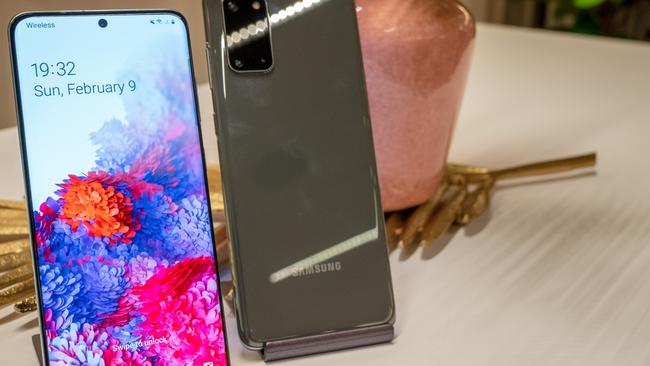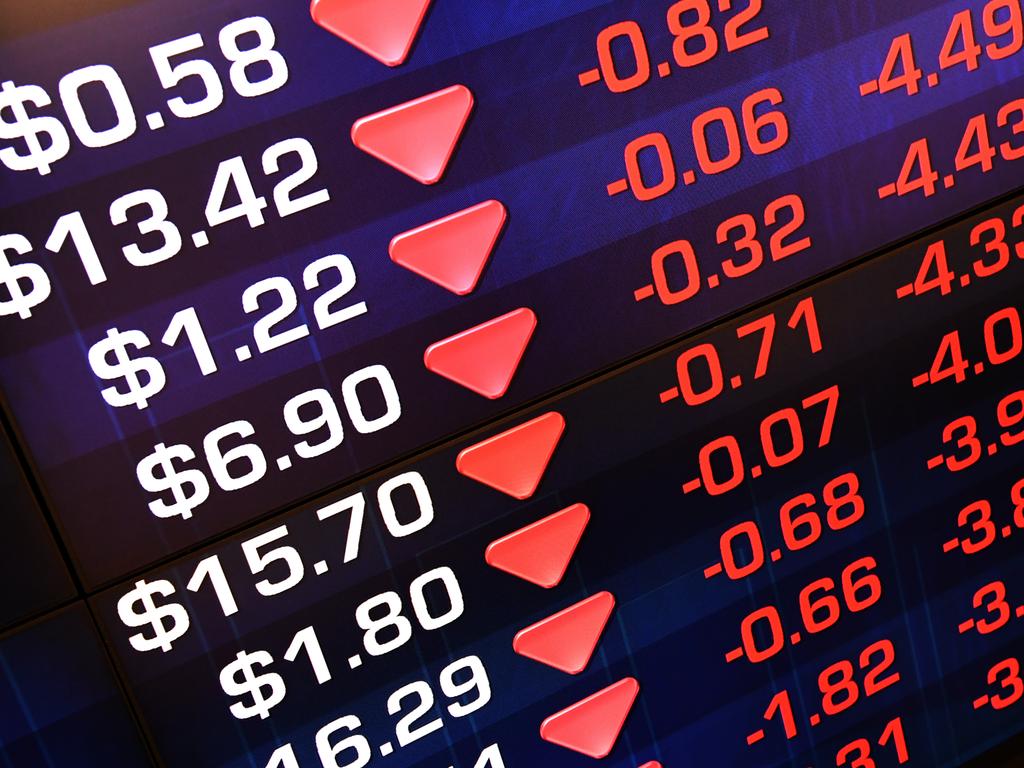Virus breakout puts phone sales on hold
The pandemic has led to a 27 per cent drop in smartphone sales in Australia, according to research firm Kantar.

The pandemic has led to a 27 per cent drop in smartphone sales in Australia, says research firm Kantar. The data insights company has just released global and country-specific smartphone sales figures for the April to June quarter, and the results are grim, including in Australia.
Here, smartphone sales dropped 27pc compared to Q2 last year, with Apple (iOS) sales dropping 3pc and Android a staggering 38pc.
Kantar said one factor for Android’s sales decline was the unfortunate timing of the release of Samsung’s new S20 flagship in early March, just as the pandemic gathered momentum.
Samsung usually experienced a sales spike in the months after a flagship phone launch, but last quarter sales were at around 7.4pc of market share; the previous year they were over 14pc. But it still managed to be the second highest selling handset range in a shrinking market.
Tamsin Timpson, strategic insights director of Kantar’s worldpanel division, said the major reason for Android’s decline was that users tended to purchase phones only where necessary.
The more than halving of Huawei’s sales in Australia, a drop of 58pc, was not a big reason for Android’s decline overall as Huawei phones had a relatively smaller market share here anyway, Ms Timpson said.
The beneficiary of the lockdown in Australia appears to be Apple. While sales slipped 3pc, market share against Android rocketed 10.2pc to 41.2pc, with Android at now at 58.6pc.
Apple’s biggest seller in Australia was the iPhone 11 range. This was despite iPhone 11 handsets not supporting 5G. Ms Timpson said sales of the iPhone 11 range taken together represented 15.8pc of the market, with the budget iPhone SE (version 2) costing from $749 grabbing 6.3pc market share and second place among Apple phones, in a short time.
Ms Timpson said consumers were partial to cheaper phones by premium phone makers, with Samsung’s mid range A series also a winner. They particularly liked cheap phones by Alcatel, Nokia, and branded Telstra phones. These brands increased their share of sales.
The story was similar globally. Kantar found a disproportionately high shift to consumers buying smartphones online rather than in-store, which is predictable.
It said smartphone purchasing shifted online in most markets and accounted for nearly two-thirds of sales in the quarter.
Globally, while Apple iPhone and China’s Xiaomi grew their market shares, Huawei sales continued to haemorrhage due to the US ban which not only prevents Huawei using US hardware components in phones, but stops it installing official versions of Google Android.
Kantar said iPhone sales even toppled Huawei sales in China. Samsung’s cheaper mid-range A series phones also sold well there.
“Both iPhone SE and iPhone 11 interchangeably take the top 1 and 2 model seller spots in EU5, USA, Australia, Japan and even in China, where Huawei is almost half of smartphone sales, iPhone 11 is the number 1 model sold,” said Jennifer Chan, insight director for Kantar. (The EU5 comprises France, Germany, Italy, Spain and the UK.)
“Samsung A series sales performance continues in positive strides, with 2019 A series outperforming sales of A series 2020 launches,” Ms Chan said. “The appeal of A series has left a tough act for Samsung S20 flagship to follow.”
Of the EU5 markets, S20 flagships only appeared in the top 10 model sellers in Great Britain.
Ms Chan said Kantar had tracked the rise of cheaper smartphones by premium manufacturers such as Samsung A series and iPhone SE. “The emphasis on high quality smartphones, at a fraction of flagship prices, couldn’t be more relevant at a time when many consumers are feeling financial pressures as a result of COVID-19.”
She said Huawei sales had been diminishing across Europe, Australia and Japan.
Huawei’s association with being a national security concern had created not only physical barriers for the brand’s future launches, but also mental barriers for consumers.
“ Meanwhile, support for the local brand in China prevails, accounting for 48pc of sales, up 5pc year-on-year.”
She said it was tough to visualise when the decline in overall sales would end, with many countries entering a second wave of coronavirus.
“Fortunately, only a small portion of consumers plan to cancel their plans to buy a smartphone (no more than 12pc across all markets),” Ms Chan said. “Instead, most consumers will buy as originally planned or delay their purchase. Delayed purchasing implies that the average length of smartphone ownership will increase.”






To join the conversation, please log in. Don't have an account? Register
Join the conversation, you are commenting as Logout